Keeping up with Gaming Rule changes in the UK
Editors note: This article is intended to provide a commentary and interpretation thoughts for organisations required to comply by these new rules, but is not exhaustive, nor should it be interpreted as constituting legal advice. For any additional clarity, see the webpage below or contact the Gambling Commission.
On 14th April 2022, the UK Gambling Commission, the executive public body of the UK Government (responsible for regulating gambling and supervising gaming law) announced new rules intended to better protect and take action for customers deemed ‘at risk’ in the United Kingdom.
These new rules took effect from 12th September 2022 and are intended to provide greater clarity on the obligations of Gaming Operators towards their customer.
As per the Gambling Commission webpage, the rules require operators to (in their own words):
- Monitor a specific range of indicators, as a minimum, to identify gambling harm
- Flag indicators of harm and take action in a timely manner
- Implement automated processes for strong indicators of harm
- Prevent marketing and the take-up of new bonuses for at risk customers
- Evaluate their interactions and ensure they interact with consumers at least at the level of problem gambling for the relevant activity
- Evidence their customer interaction evaluation to the Gambling Commission during routine casework
- Comply with these requirements at all times, this includes ensuring the compliance of third-party providers
The specific range of indicators mentioned above go across the usual RFV (Recency, Frequency, Value) indicators, including patterns of customer spend, gambling durations, behavioural and account indicators and responsiveness to customers requests.
Incidentally, if you want an early heads up what the Gambling Commission are looking to do next, there are a few ways to ensure you are more proactive than reactive.
1) Who are they currently fining, and for what? These breaches often lead to hints at areas where they feel legislation should be made more robust or clearer in order for the greater gaming community to adhere to without the need for punitive action. I recommend you use Google news alerts for this.
2) Get on the Gambling Commission Consultation Program so you can gain additional visibility of what changes they are considering.
3) Read in detail the Gambling Commissions published 3-year strategy, which if you work in Marketing Strategy for the Online Gaming world, you should really keep a copy of on your bedside table.
Many of you will have known about these changes for a long time however and have a phase 1 solution live, and doubtless well into your iterative mitigation and implementation plans, but for those of you who are still considering the best way forwards, here are some thoughts on you how might you best go about adherence to these new rules.
Single Source of Truth
For many organisations this is second nature, but for others they are still answering the question of where the data should sit? Should it sit in a data warehouse, a CDP, a CRM, a Marketing Automation stack?
The truth is that there is no right answer that fits all. Depending on your organisation’s strengths and experiences, one route or another will make the most sense to you. It might be worth reading our recent post on MarTechnical Debt to see how the proliferation of different technologies to empower growth to this point can become a liability rather than an asset.
Whichever you decide, the main thing is to decide on a single source of data where everything is recorded, in and out. By which I mean that the source contains who you contact (and about what), not to mention the data used to segment them, e.g., whether they are high value, casino users, poker preference, VIP or somewhere in between. The single source should also contain everything that happens on the site while the customer is interacting with you, and what happened after any comms broadcasts – e.g., did emails get opened (while we’re still allowed to know), did links get clicked or worse case, was there a bounce or spam component you should record?
Defining the Rules
The Gambling Commissions version of the rules is all well and good, but it is precisely that, their version. Each of the rules requires careful consideration, and translation into business logic, meaningful to your business and its datasets, and ultimately to selection, or query logic to identify customers that fit those rules.
Applying the Rules
Next, you will need mechanisms and rules for identification of the indicators. This is usually where the Marketing Automation stack comes to the fore, because all the leading players in this marketplace provide intuitive GUIs to achieve complex selections in very simple way. The reason this is important is that your rules will change over time, not just be set and left on the 12th of September – the goal here is continuous improvement to demonstrate adherence and to do right by your customers, which is going to require supervision, monitoring and maintenance of the rulesets by which you identify customers at risk of harm.
While there could of course be some financial impact to applying the rules, I still strongly recommend erring on the side of caution to be certain that all at risk customers are identified.
Taking some Action
Once customers are identified, the key is swift action. Depending on the level of the risk, that could be as simple as contacting the customer by an outbound channel to alert them they could be at risk, and in more severe cases, taking pro-active action to prevent an at-risk customer from accessing gaming that could otherwise do them harm, by which I mean emotionally, mentally and financially.
A Place for Everything
Finally, at the end of the day, all of these diverse groups of data you will end up holding about your at-risk customers could be needed down the line in the event of Gambling Commission case management, so you better make sure it is easily accessible and not stored offline in a dataset that requires days to access and even more to stitch together a coherent picture of everything that happened. This is where a CDP could save the day, unifying your disparate data into a meaningful and usable form.
Get in touch, if you would like to have a chat about how Purple Square can help you stay compliant.
Like what you see?
Subscribe to our newsletter for customer experience thought leadership and marketing tips and tricks.





